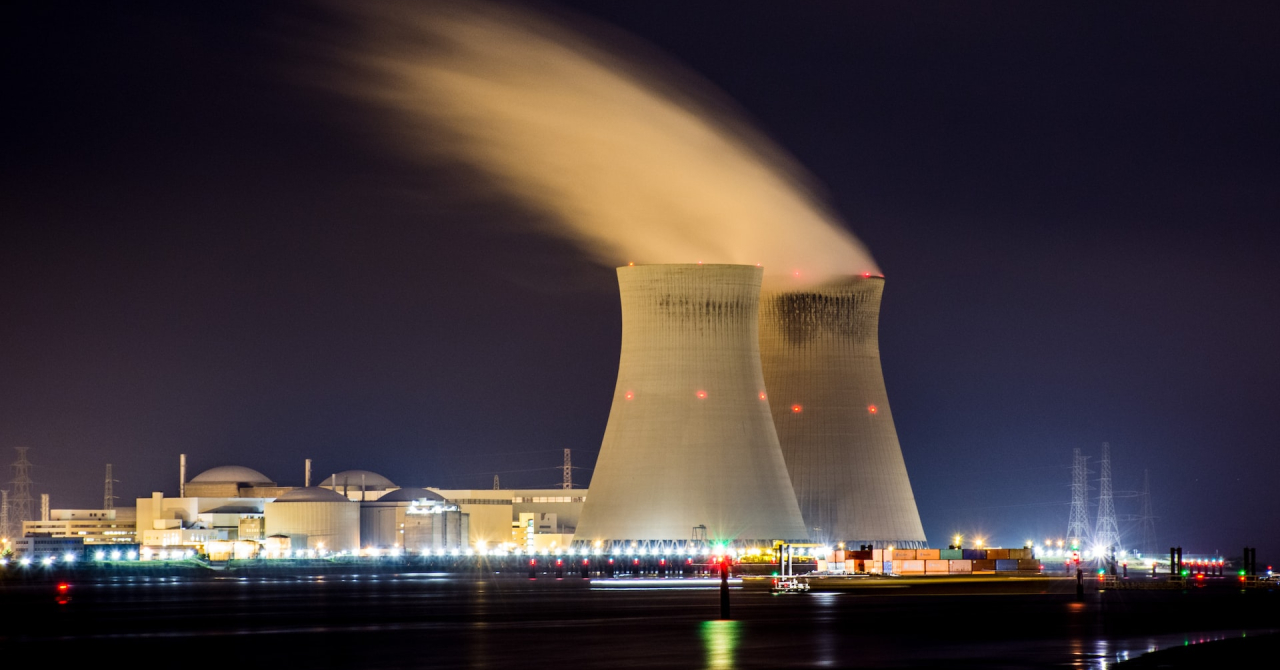According to Energy Daily, the scientists who conducted the tests said that they used the largest laser available in the world in order to create a fusion reaction, similar to that which powers our own Sun.
Furthermore, the process generated more energy than it was required to get in to run, which was also an achievement that took decades to happen.
The US Department of Energy said that the event marks a "major scientific breakthrough that will allow achievements in national defense and the future of clean power."
Great Britain is also looking at a very futuristic project that should take place in space.
The country is looking to build the first battery outside of our planet, which will be based on Americium, a man-made material that releases heat as the radioactivity inside it decomposes.
The advantage of such power systems is that they don't require any maintenance for many years and can be used for space operations, even long-distance space travel.
Despite being a great energy resource alternative, we still have quite a long journey before we will be able to use nuclear fusion to power our societies.
Kim Budil, the LLNL director, said that "there are very significant hurdles, not just in the science but in technology."
"A few decades of research on the underlying technologies could put us in a position to build a power plant", she added.
Nuclear power plants that we have today around the world use nuclear fission technology, which implies separating an atom's nucleus to generate power.
Future fusion plants are the opposite, essentially combining two light hydrogen atoms to form one heavier helium atom, which generates significant amounts of power.
Both fission, and fusion have an advantage in the way that they are clean power generating sources. However, fusion technologies take things one step further, as they don't produce as much radioactive waste and the risk of nuclear disaster is completely mitigated.
Nicholas Hawker, chief executive of Oxford-based First Light Fusion said that "fusion is, in a sense, the ultimate solution to climate change."
 Mihai - Cristian Ioniță
Mihai - Cristian Ioniță












Any thoughts?